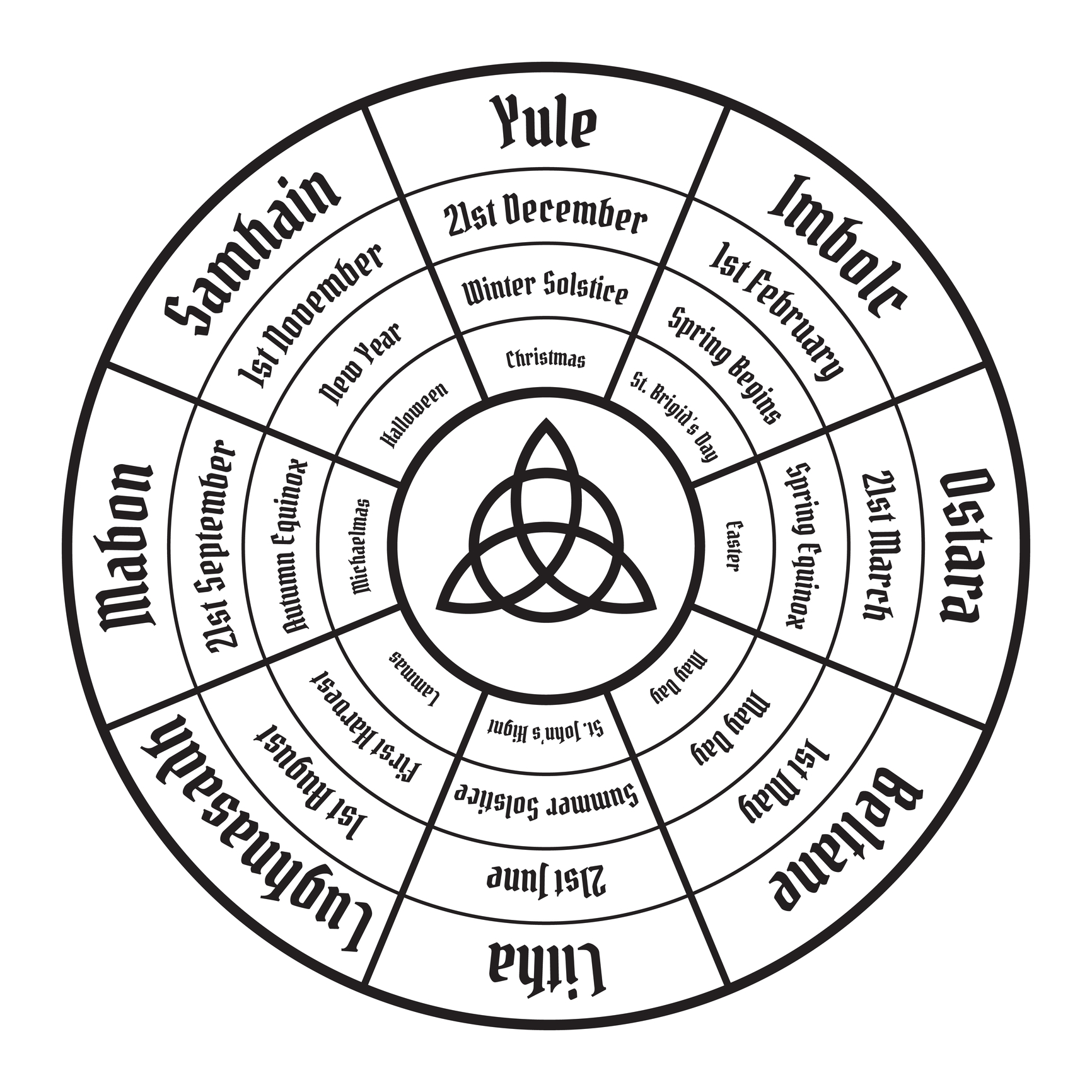The Festival of Quickening and Renewal
Imbolc, situated midway between the Winter Solstice and the Spring Equinox, serves as a symbolic threshold, ushering in the transition from the frosty grip of winter to the burgeoning warmth of spring. In the Northern Hemisphere, the first signs of spring manifest as daffodils and crocuses bloom, and animals emerge from hibernation. Wiccans celebrate Imbolc as a moment of quickening, hope, renewal, and purification.
Wiccan Perspective
Imbolc holds a special place in the hearts of Wiccans as a time to express gratitude for the increasing daylight, symbolizing the strengthening power of the God. The Goddess, recovering from giving birth to the God at Yule, gracefully embraces her Maiden role once again. The warming Sun triggers the germination of seeds in the Earth, and those attuned to nature’s rhythms can palpably feel the quickening pace of life. Imbolc becomes a chosen time for initiation and ritual cleansing after the stagnant winter months, with the Sun’s purifying energy recognized and honored in various sacred practices.
Traditions and Symbolism
Imbolc rituals involve the lighting of candles in each room, symbolizing the dispelling of old energy with the radiant power of light. Ritual tools, particularly metal tools and crystals, bask in the direct sunlight for cleansing and charging. Traditional candle colors include not only white but also yellow, orange, and red, while altar decorations feature a vibrant array of fresh spring flowers, besoms, and figurines of young animals. The term “Imbolc,” an ancient Irish word, resonates with the birthing of the first lambs and is often translated as “ewe’s milk,” emphasizing the festival’s connection to seasonal agricultural cycles.
Brigid’s Day
A Celtic Connection Imbolc’s essence intertwines with the spirit of Brigid, a revered Celtic goddess embodying the triple aspects of poetry, healing, and smithcraft. Brigid’s connection to fire, a transformative element in smithcraft, led to the establishment of an eternal flame tended by devoted followers. Modern Wiccans, especially those drawn to Celtic traditions, honor Brigid during this spring Sabbat by kindling a white candle and presenting offerings in acknowledgment of her enduring influence.
Imbolc in Historical and Modern Contexts
Imbolc, often likened to the Christian Candlemas, resonates as a festival of light in Britain. The name “Imbolc,” interpreted to mean “in the womb,” alludes to the time when ewes become pregnant. Additionally, it may be linked to Gaelic words for “milk” and “purify,” connecting the festival to pastoral events. Beyond symbolizing the end of winter, Imbolc embodies a time of purification, signifying the sweeping away of the old in preparation for the coming year.
Brigid’s Influence
The goddess Brigid takes center stage during Imbolc, her associations with metalwork, poetry, and healing highlighted in various rituals. St. Brigid, a Christianized incarnation of the Celtic goddess, shares numerous attributes and functions, serving as a bridge between Pagan and Christian traditions. Imbolc practices, such as the creation of Brigid’s crosses and small dolls known as “Bridey,” hold deep significance, symbolizing protection, blessing, and hope for the forthcoming year.
Public Celebrations and Unity
While Imbolc often manifests as a private family celebration, public events abound, celebrating Brigid’s role as a patron of poets. Festivals at locations like Butser Ancient Farm and Chaucer Farm encompass storytelling, music, poetry, bonfires, and processions. The Imbolc Fire Festival in Norfolk, occurring every alternate year, stands as a communal celebration, connecting modern Pagans with ancient traditions in a shared spirit of reverence and unity.
Conclusion
Imbolc, with its themes of quickening, renewal, and reverence for Brigid, serves not only as a bridge between the winter solstice and the spring equinox but as a profound celebration of life’s cyclical nature. Explored through various lenses, Imbolc invites individuals to embrace the returning light, engage in rich ritual practices, and honor the enduring legacy of the goddess Brigid, fostering a profound sense of unity and continuity across historical and modern contexts.



0 Comments